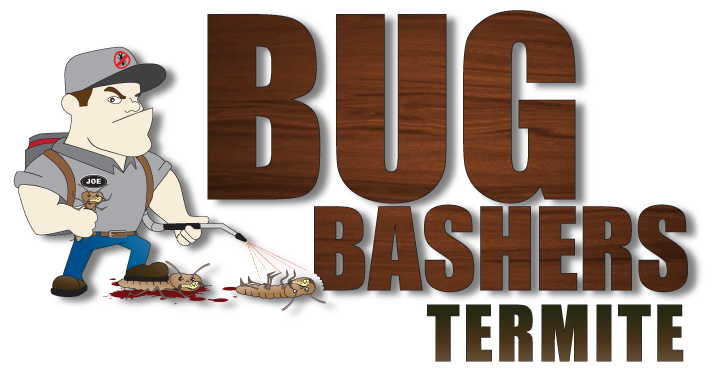
Frequently Asked Questions
How can I tell if I have termites?
Wood damage is usually the first sign of termite activity, but other signs can include stains on drywall, mud tunnels or tubes, rippling on a wall or floor area, wood that sounds hollow when tapped, or finding piles of dust or granules which may be termite fecal matter. Swarming termites and discarded wings can also be signs of infestation.
Do I have ants or termites?
Winged ants and winged termites can often look very similar, but there are 3 primary ways you can tell them apart. Winged ants will have narrower waists, 2 pairs of uneven length wings and bent antennae. Termites however have a long slender body with a wide waist, 2 pairs of identical wings, and straight antennae.
Do I have Carpenter ants?
Carpenter ants are typically ¼ to ½ inches in total length (for the worker ants), and can be red, black or a combination of those colors. Signs of carpenter ant infestation include hollow sounding wood, faint “rustling” sounds within a wall, discarded wings that are often found near window sills or baseboards, and trails of “sawdust” left behind in areas where ants have bored holes in wood.
How can I tell if I have Carpenter bees?
Unlike honey bees, carpenter bees are solitary insects, and do not form hives. They can be distinguished from honey or bumble bees by their bare and shiny black abdomen. Carpenter bees can drill holes in wood roughly ½ inch in diameter, leaving behind a coarse, sawdust like material. Holes are often found on the undersides of wood surfaces such as decks, siding, and window frames.
What are Wood boring beetles?
Wood boring beetles include several species of beetle whose larvae consume wood. Beetles will typically be attracted to exposed, unfinished wood, and lay their eggs in cracks in exposed wood. Once hatched, the larvae will slowly bore through the wood, and emerge as adults through boreholes ranging in size from 1/32 inches to ⅜ inches. Fine sawdust (called frass, containing wood fragments and excrement) can indicate an active infestation.
Is Water considered a pest?
Yes, because Water can cause major damage to wood structures, in the form of rot and fungal growth, it is classified along with other pests as a “WDO”, or wood destroying organism.
What are wood damaging organisms?
Wood destroying organisms, or WDO is essentially a classification for anything that destroys wood. This includes subterranean termites, dry wood termites, damp wood termites, beetles, fungi, water, carpenter ants etc.
What is the process of dealing with pests?
The Bug Bashers process begins with a thorough initial inspection of your structure and the immediately surrounding area. A report will be put together based on the findings, and at that point a recommendation plan to eliminate all pests discovered will be outlined based on your unique environment, situation and needs. Once all pests are removed, Bug Bashers can also provide full damage repair services.
